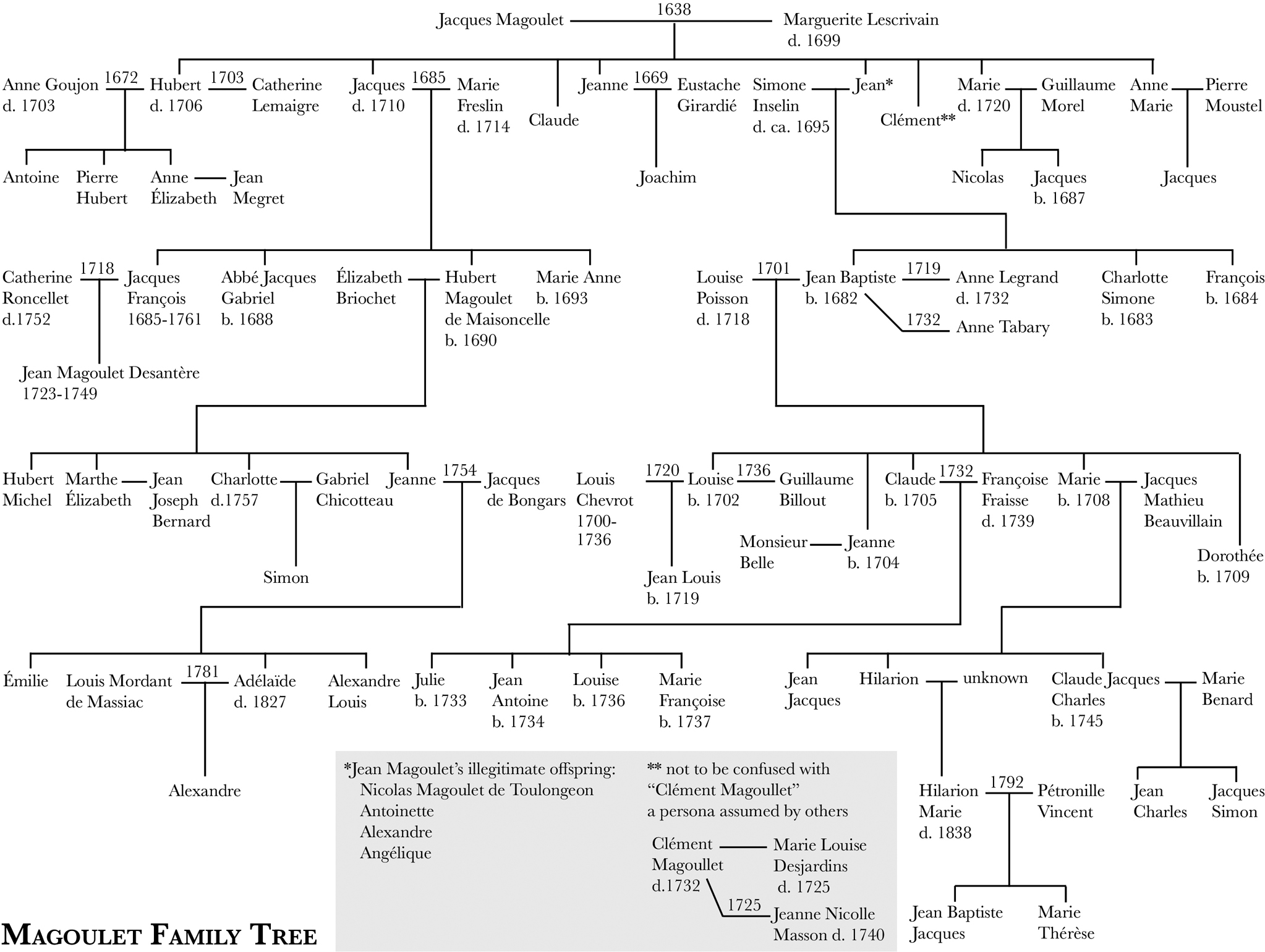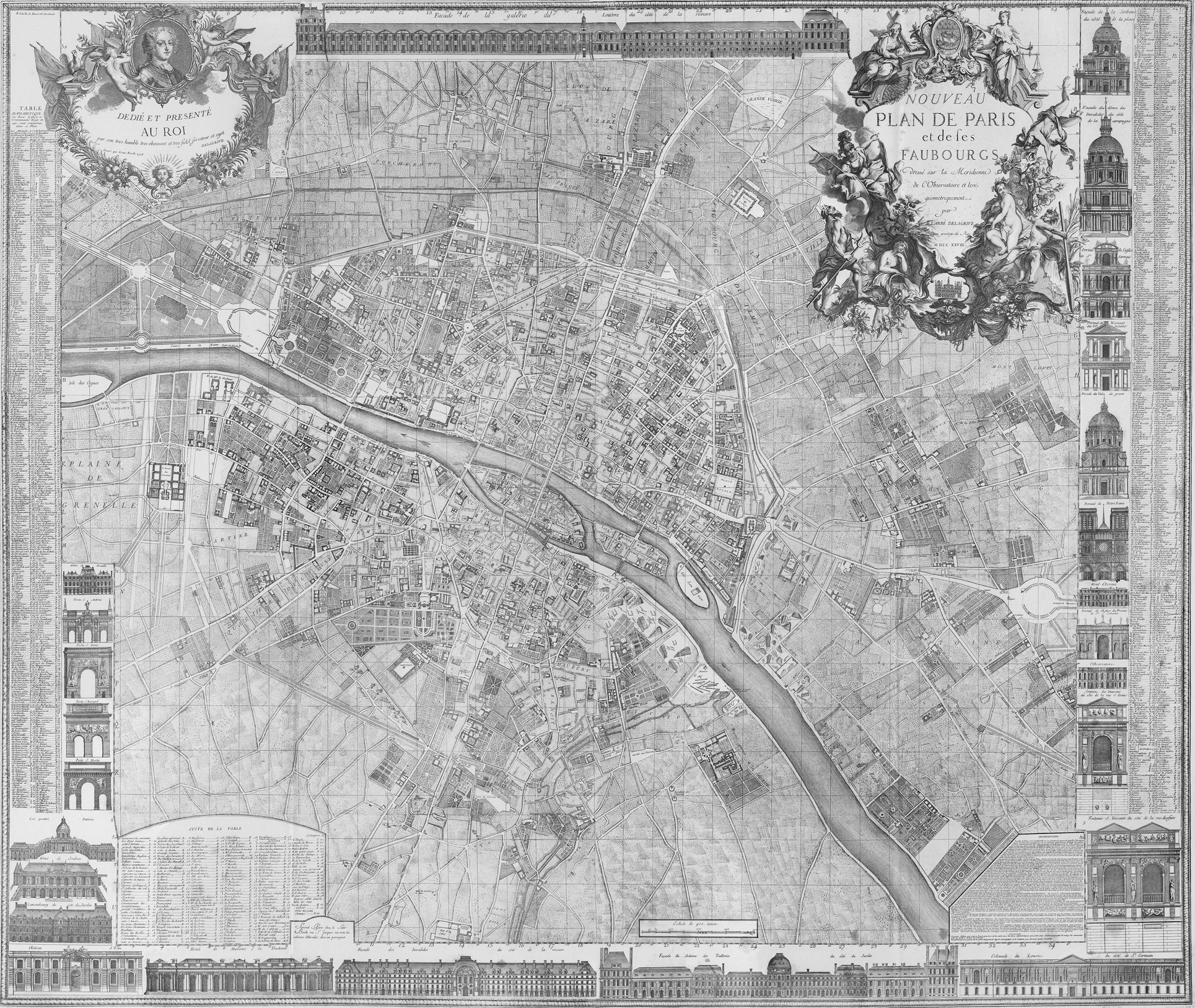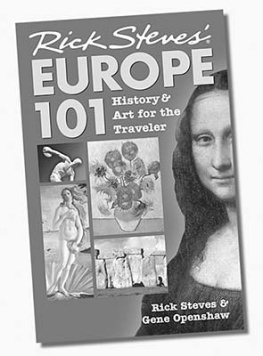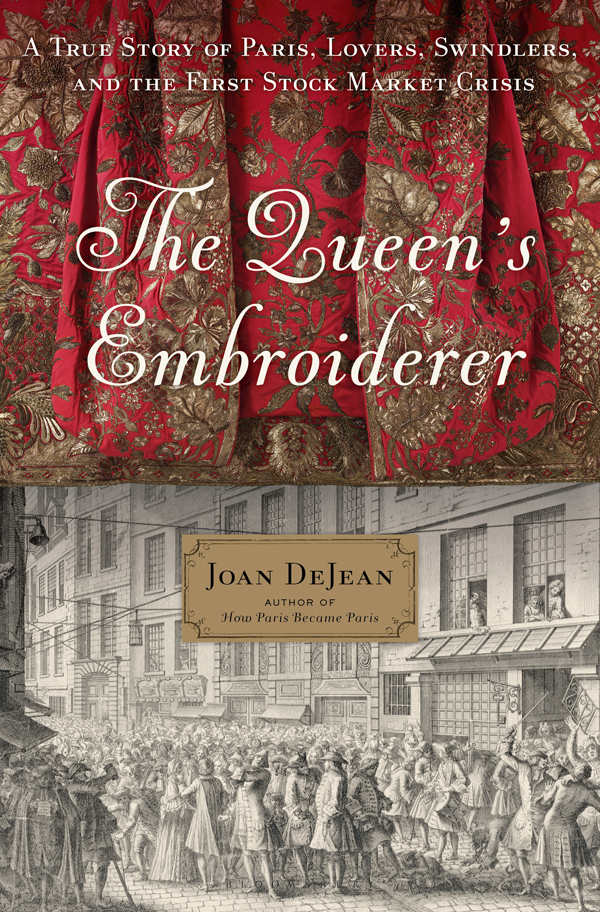Contents
Guide
Pagebreaks of the print version


BY THE SAME AUTHOR
How Paris Became Paris: The Invention of the Modern City
The Age of Comfort: When Paris Discovered Casual and the Modern Home Began
The Essence of Style: How the French Invented High Fashion, Fine Food, Chic Caf s, Style, Sophistication, and Glamour
The Reinvention of Obscenity: Sex, Lies, and Tabloids in Early Modern France
Ancients against Moderns: Culture Wars and the Making of a Fin de Si cle
Tender Geographies: Women and the Origins of the Novel in France
Fictions of Sappho, 15461937


CONTENTS




Paris in the early eighteenth century.
1594 | Henri IV, the first Bourbon monarch, wins control of Paris |
1610 | Henri IV assassinated |
16101643 | Reign of Louis XIII |
16181648 | Thirty Years War |
16431715 | Reign of Louis XIV |
1660 | Louis XIV marries Marie-Thrse of Spain |
1682 | French court moves to Versailles |
1683 | Death of Queen Marie-Thrse |
1685 | Huguenots banished from France |
1686 | The League of Augsburg formed |
16881697 | Nine Years War/War of the League of Augsburg/War of the Grand Alliance |
16931694 | Famine in Europe |
17011714 | War of the Spanish Succession |
17081709 | The Great Winter |
September 1, 1715 | Death of Louis XIV |
17151723 | Regency of Philippe dOrlans |
May 1716 | Founding of the General Bank |
August 1717 | Founding of the Western Company |
May 1718 | Founding of New Orleans |
December 1718 | Founding of the Royal Bank |
May 1719 | The Western Company and the Indies Company merge |
June 1719 | First slaves arrive in Louisiana |
December 1719 | Shares in the Indies Company reach 10,025; the ship Mutinous sails for Louisiana with 150 Frenchwomen on board |
Summer 1720 | Runs on the Royal Bank; riots in Paris |
September 1720 | South Sea Bubble bursts in London |
December 1720 | Shares in the Indies Company at 1,000; John Law flees France |
1721 | Publication of Montesquieus Persian Letters denouncing the effects of Laws system |
17231774 | Independent reign of Louis XV |
1733 | Publication of Voltaires Letters Concerning the English Nation , harbinger of the movement now known as the Enlightenment |
17741792 | Reign of Louis XVI |
1789 | French Revolution begins |
One August afternoon in Frances National Archives, I found two documents listed under the name of Jean Magoulet, official embroiderer to Louis XIVs queen. The first, Magoulets letter of appointment as the Queens Embroiderer, was no surprise, but the second, a royal decree, stopped me in my tracks: August 5, 1719. Lock Marie Louise Magoulet up in prison and ship her off to Louisiana.
In 1719, such an official pronouncement was unequivocal: Marie Louise Magoulet had been accused of prostitution and was being deported to the newly founded city of New Orleans as an undesirable.
Minutes later, I was racing through the streets of Paris Marais, bound for the Arsenal Library, where the records of the Bastille prison are housed. Before the afternoon was out, I had learned that Louise Magoulet was indeed, as I had suspected, the daughter of the Queens Embroiderer. I had also learned that the charge of prostitution had been trumped up by her very own father. I had even glimpsed the outline of a great love affair, between Louise Magoulet and Louis Chevrot.
Well before I realized that various Magoulets and Chevrots would crisscross the globe and that this family saga would play out over two full centuries, I already knew that it would be no easy task to retrace the Magoulet familys path from Versailles magnificence to prison squalor. I walked away from this project several times but always came back: I couldnt get Louise Magoulets star-crossed love story out of my mind.
She and Louis Chevrot deserved so much more than life gave them.
Th is is among the earliest surviving depictions of the interior of an authentic shop, the emporium of a known merchant, in this case, Jean Magoulet. Magoulet is identified in the caption printed below the handsomely etched image as brodeur ordinaire, or official embroiderer in the service of the queenthat is, Queen Marie-Thrse, the Spanish infanta who from the time of her marriage in 1660 to her death in 1683 ruled France as Louis XIVs wife. The caption adds that the queen is deceased, so we know that the scene depicted took place after 1683.
Jean Magoulet, the Queens Embroiderer, wears the accoutrements of everyday aristocratic dressa perfectly curled periwig, fine muslin cuffs and cravatand his younger assistant is similarly attired. But one element is missing, and that absence distinguishes the merchants dress as infinitely less costly than the garments worn by the great aristocrat who is Magoulets potential client. The merchants attire, while elegant, is unadorned, whereas the cuffs and the front panels of the noblemans handsome justaucorps (the ancestor of todays suit jacket) are richly ornamented with the kind of embroidery for which Magoulet was famous.
Across the back wall hang official garments of various kinds: the cross of the Saint-Esprit, or Holy Spirit, the highest chivalric distinction that could be conferred on French noblemen; a chasuble, the principal vestment worn by a priest when celebrating mass; and a housse , the decorative cloth placed under the saddles of horses on ceremonial occasions. This housse , featuring a fleur-de-lis pattern, seems destined for the mount of a royal guard.













